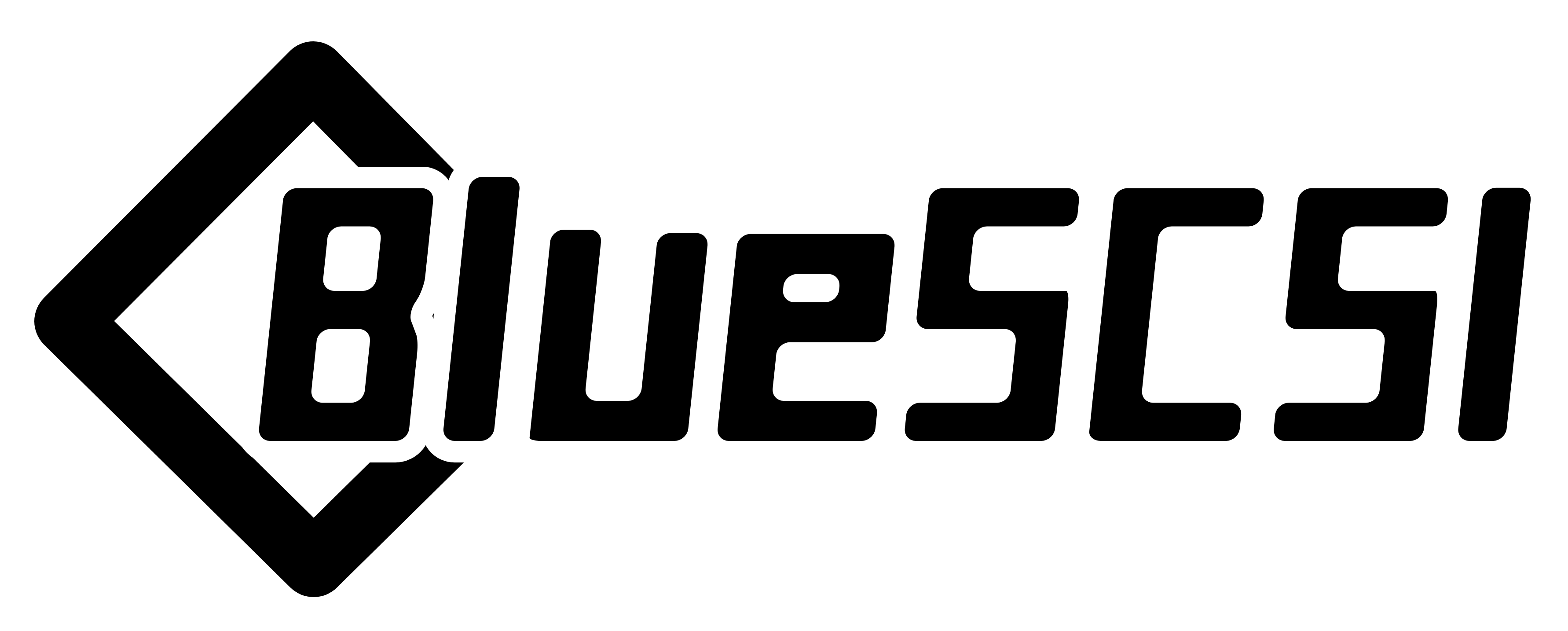-
Notifications
You must be signed in to change notification settings - Fork 20
Emulators
Macintosh emulators are a convenient way to run a vintage Mac OS on your modern system. However, the disk images created by these emulators are often not designed for real Macs and do not emulate SCSI. Therefore, they may not contain the SCSI driver partition that real Macs require and won’t be of any use on a BlueSCSI.
Thankfully, there is an easy solution that lets you use a BlueSCSI compatible disk image with most of these emulators to quickly load software, transfer files, or install an operating system onto that disk image.
Refer to the list of emulators below for specific compatibility information.
Infinite Mac is an emulator that runs in your browser and backed by Mini vMac, Basilisk, and Sheepshaver (depending on your choice of OS). You can import or export files as well as use BlueSCSI disk images.
A video tutorial of how to use it: https://www.youtube.com/watch?v=2KCb7tuE9Io
Best for System 6 and early System 7.
You must use a patched version of Mini vMac that will allow mounting of BlueSCSI images. It can be found here https://github.com/erichelgeson/minivmac/releases/
Best for System 7.5+ through 9.
These emulators don’t emulate SCSI, but they can use a BlueSCSI image that was created outside of the emulator.
You MUST create the image from Disk Jockey (choose "BlueSCSI" or "RaSCSI" under the "use with" section) or use one of the pre-made blanks on the BlueSCSI Images page for this to work properly.
Those images will include the SCSI driver partition needed for real Macintosh systems, but will also work fine in these emulators.
These emulators DO emulate SCSI! You can use images created from these emulators with the BlueSCSI and vice versa without issue.
If you just spent hours making a disk image and your BlueSCSI says it's Not a Valid Macintosh disk - fret not. Drag it on top of Disk Jockey to convert it to a 'drive' image.
